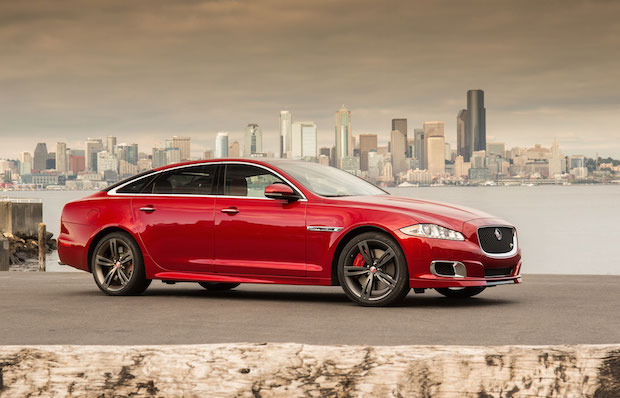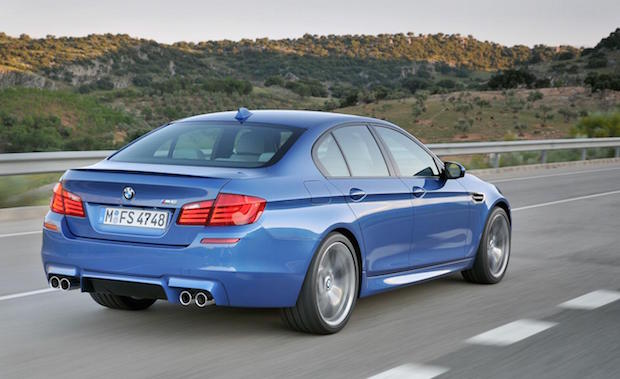Jaguar XJR vs BMW M5

The rivalry between Britain and Germany is fierce – from their shared history, to sports, to cars, the two countries have always been rivals. In the automotive sphere, one of the key fights for the road is between the Jaguar XJR and the BMW M5 for sale. They’re both executive cars packing a little extra under the hood, attempting to walk the line between high-performance and gentle civility.
Side by side, the Jaguar for sale is noticeably larger than the M5 – over a foot longer and very slightly wider, its even longer than the gargantuan Audi S8. But its size belies another important measurement, the weight. The Jag is around 35lbs lighter, with both cars weighing in at just under 2 tonnes, despite the XJR’s larger engine.

Lifting up the hood, the similarities start to show. Both cars are equipped with large 32-valve V8s: a twin-turbo 4.4 liter in the BMW for sale, and a supercharged 5 Liter in the Jaguar. Stepping up the gears in both cars, you’ll be flying through the 150mph barrier in no time, topping out at 160mph in the Beemer, around 174 in the Jaguar. When it comes to acceleration, the BMW M5 takes the prize: 3.6 seconds, a third of a second quicker than its British rival. If you’re only ever going to be using this car in everyday life, then score one for the Beemer.
As I said in the intro however, speed is just one part of these cars’ roles. It’s no good having the power to blaze across town if doing so ends up pulverizing your pelvis. Stepping inside either of these cars is reminiscent of stepping into some aristocrat’s smoking room – leather abounds. Jaguar’s progressed from the days of walnut dashes however, instead opting for a smooth, modern look, including carbon fiber panelling.

Both cars offer good levels of plush comfort, with both giving its passengers a good amount of room throughout, giving them solid usability in day-to-day life. The M5’s optional competition package is more geared towards speed, trading some comfort for tighter control, whereas despite its bucket seats, the XJR keeps the driver and passengers constantly ensconced in comfort.
When it comes to the drive, both of these cars hold their own, but the Jag’s suspension lacks something of the German precision to be found in the M5 or Mercedes’ E63 AMG. Instead of gliding over all, the car can end up taking certain uneven surfaces hard. The M5’s suspension feels focused, with its various modes making it as capable on the road as it is on the track in “Sport+” mode. As mentioned previously, the competition pack stiffens things up somewhat, but it’s still serviceable.

Price-wise, the Jag costs around 16-23K more than the BMW M5, depending on whether or not you’ve chosen to go with the 7-grand competition package. The cars shine in different areas, but if you’re looking for a solid executive cruiser, I’d have to go for the BMW M5.
The Jag is far from bad, a fantastic car in its own right, but I feel that it slightly misses its niche. It’s faster than the BMW, but lacks some of the precision to be found in its German rival. It’s speedier, but without much of a purpose for that extra speed other than track days, whereas the BMW’s speedier acceleration comes in handy in everyday life. The price tag just seals the deal.
